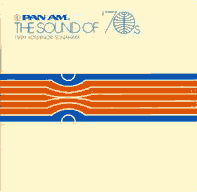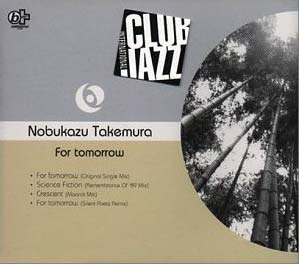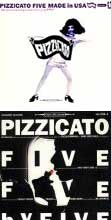
I recently had the pleasure of reacquainting myself with a little record called Pan Am: The Sound of the 70s, a dazzling example of late-90s downtempo shibuya-kei from producer Yoshinori Sunahara. Some truly funky beats, lush arrangements, and (surprisingly for an offshoot of electronic music), some engaging songcraft grace this remarkably enjoyable album.
Sunahara, who has an obsessive fascination with air travel demonstrates that fascination with not only the "Pan Am" in the album title but also a track called 747 Dub as well as ambient sound recordings meant to evoke the feeling of an airport terminal.
The album’s subtitle, "The Sound of the 70s" however, is little misleading. This recording may get its iconography and inspiration from the jet-settingly fashionable TWA era, but it’s sound is pure late-90s Japan. You owe it you yourself to check out the album’s standout track: the soulfully reworked bossa version of Sun Song (called Sun Song 70s). I’ve had this album for even years now and have never once been bored with it, despite its low-key persona.
The album itself is out of print and a bit rare (and pricey) these days. So unless you just have to have that tactile quality, digital download is the way to go. Apple has the whole disc in iTunes Plus.





